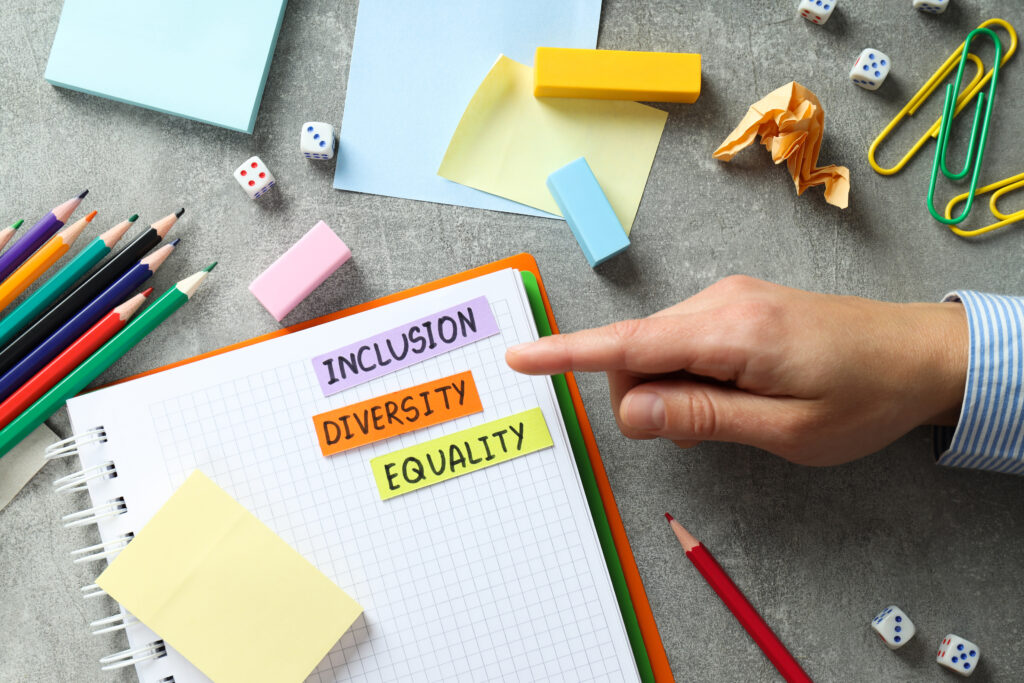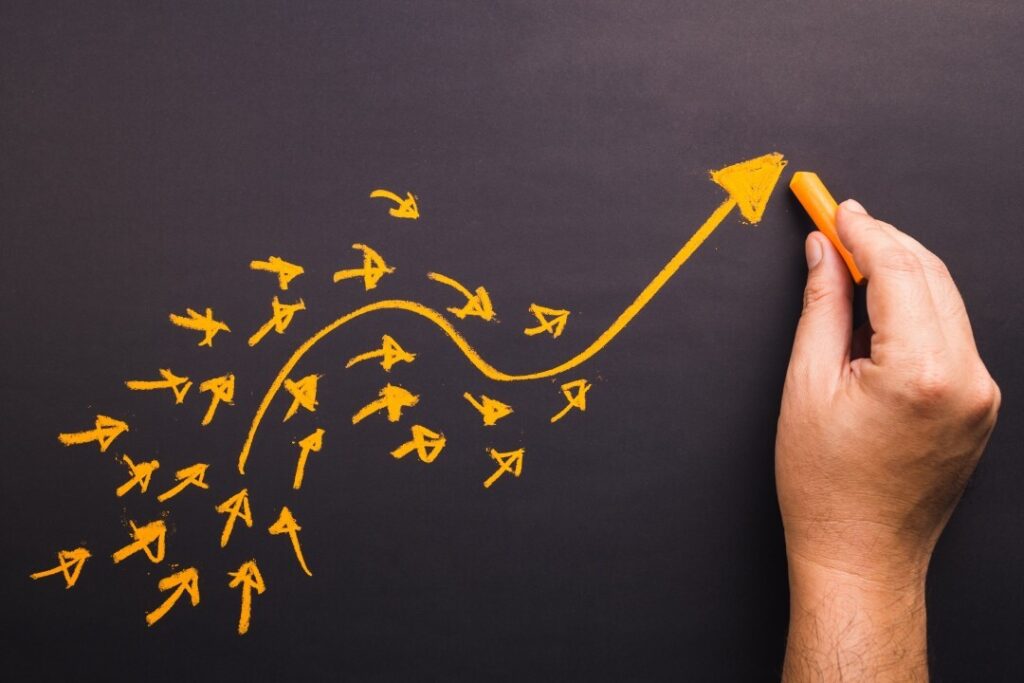For the past two decades, the majority of social and emotional learning (SEL) efforts have focused on younger learners in the K-12 space. The mission of the Collaborative for Academic, Social, and Emotional Learning (CASEL), the apex body for SEL standards, primarily focuses on SEL up to high school. However, as CASEL itself noted in 2019, the adults involved in developing SEL skills in children would benefit from honing their own SEL skills.
The RULER program at Yale’s Center for Emotional Intelligence (YCEI) begins with training teachers and staff in the techniques and encouraging staff adoption before they are introduced to students. Teachers who actively use SEL techniques to manage their own actions and emotions are better able to deal with students who are vulnerable or in need of guidance.
In addition, SEL could be a valuable tool to deal with the growing mental health crisis among adults, with an aim of developing SEL competencies for their own sake and not just to model behavior for students. This is an emerging area, and there is little to no information at present on what works and what doesn’t work. Programs in building SEL skills for adults should explore different tools and identify what works best for them.
What’s the difference in SEL for kids and adults?
CASEL’s initiatives for younger learners focus on developing the following five areas:
- Self-awareness
- Self-management
- Social awareness
- Relationship skills
- Responsible decision-making
These goals would remain broadly similar for adult learners, but the specifics of what these goals look like for adults and the techniques to develop them would be very different.
For one, adults may not be as responsive to simple activities like mood meters or ‘singing the feeling song.’ The more performative aspects of SEL for children—charts, circle time, games, and directed activities—might not be appealing to adults. Adults are also likely to be more concerned about privacy and less inclined to share openly than children are. Where children need explicit, specific explanations and instructions, adults may become impatient with too much information, especially if something seems obvious or simple.
In addition, adults may have fewer opportunities for performing structured or group SEL activities in their daily lives, whether they are teachers in a classroom or work in other jobs. A training program could therefore involve the kinds of group activities and team exercises that are used in classrooms, while simultaneously providing strategies that adults can incorporate into their daily routines.
What competencies should be developed for adults?
The following are some of the competencies under the five SEL areas that could be developed for adult learners.

For instructors and school staff, of course, SEL programs could also teach ways to transfer these skills to learners.
What techniques could be used for adults?
Most classroom-based SEL programs involve group discussions and activities on a daily basis. For some adult learners, these techniques may later be used within a specific group – for instance, a class that will be working together, staff in a school, or a group of employees in a workplace. However, other adult learners may need to implement what they learn on their own outside of a group setting. Therefore, the training process can involve group activities, but learners can also be trained in techniques that work individually.
- Journaling: This simple but powerful tool allows learners to reflect, analyze their feelings, and develop mindfulness. There are many different methods. Learners could benefit from journaling prompts for each day. They could be encouraged to do a ‘mind dump’ when stressed, write ‘morning pages’ to prepare for the day ahead, or count their blessings using a gratitude journal.
- A feelings wheel: A feelings wheel is a more nuanced version of the ‘mood meter’ that younger learners use. It aids in developing self-awareness and identifying what emotion a person is feeling at a particular time. This allows learners to then use an appropriate regulation strategy to manage the emotion.
- Breathing exercises, meditation, and grounding techniques: These exercises are useful for developing self-management skills and helping learners calm down and destress.
- Random acts of kindness: Doing acts of kindness doesn’t need to stop at primary school. Encouraging learners to perform random acts of kindness helps develop their social awareness and relationship building skills. These could be simple actions, such as complimenting a colleague, helping someone do a task, or chatting with someone about their day.
- Group connection opportunities: These could be the usual circles, ‘morning meetings,’ or check-ins that are used in SEL programs in classrooms. For learners who will later work or study together, SEL practices can be incorporated into work meetings. For adult learners who are later working individually, a group might consider using online meetings or even regular in-person meetings
CASEL’s Focus Area 2 says ‘Strengthen Adult SEL.’ This focuses on educators and school staff, as part of wider SEL efforts for students in schools. However, its resources can benefit all adult learners. CASEL provides a playbook with suggestions for group SEL activities for adult learners. These are useful during the training program and even after it, if the participants work or study together.
Because SEL for adults is an emerging area, there is little data about the effectiveness of particular techniques or the responses of learners to SEL programs. Nevertheless, there’s one aspect on which many different sources agree: mental health issues seem to be becoming more common among all age groups, and perhaps multiple solutions are necessary. SEL programs for all ages could be one tool to address these issues. As more institutions opt for adult SEL programs, institutions should constantly evaluate these programs to weed out methods that are unpopular or ineffective, analyze the impact and benefits, and determine how best to move the programs forward.
Resources
A Comprehensive Guide to Adult SEL – Panorama Education
SEL 3 Signature Practices Playbook – CASEL
SEL for Adults – Positive Action



